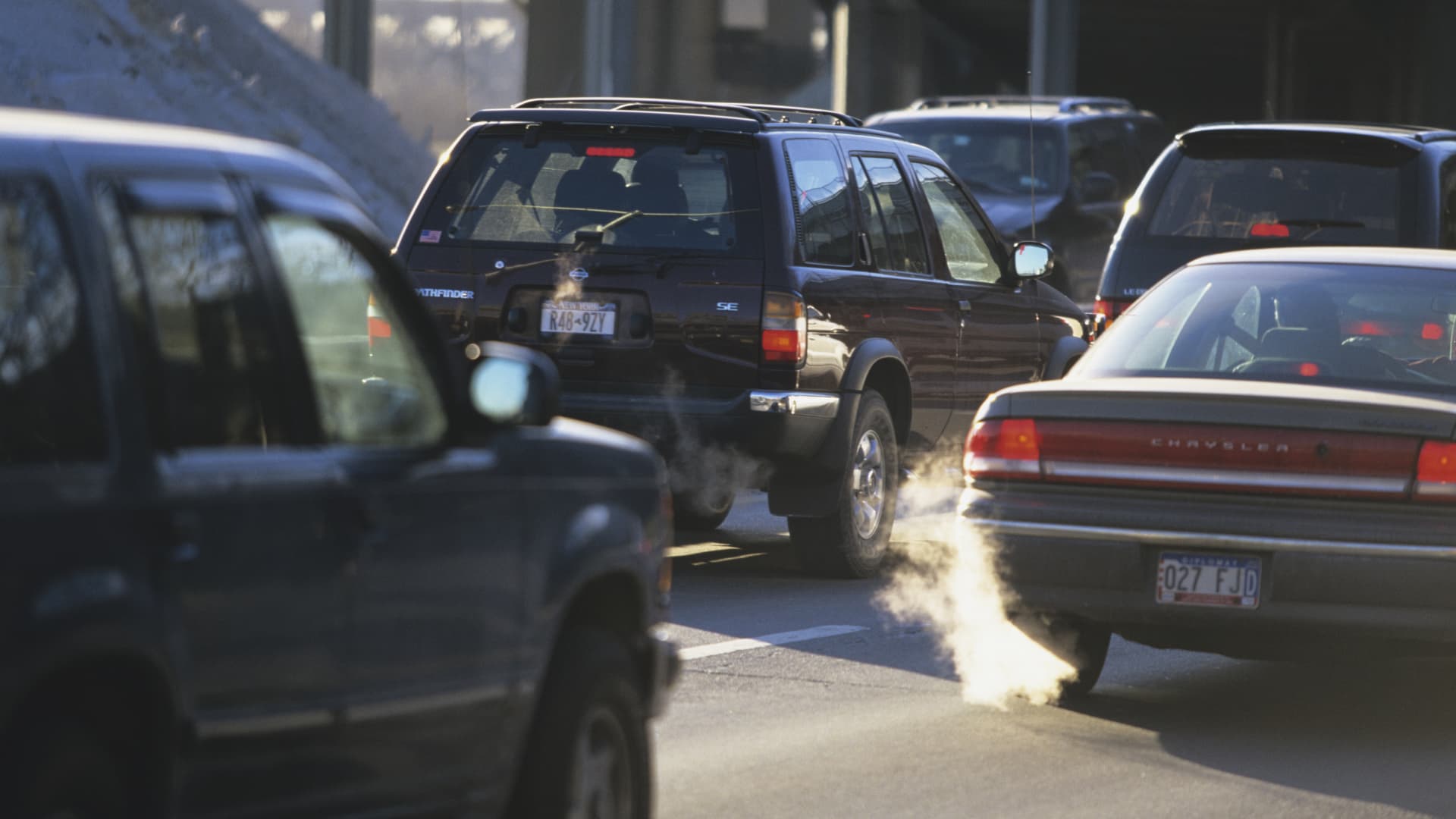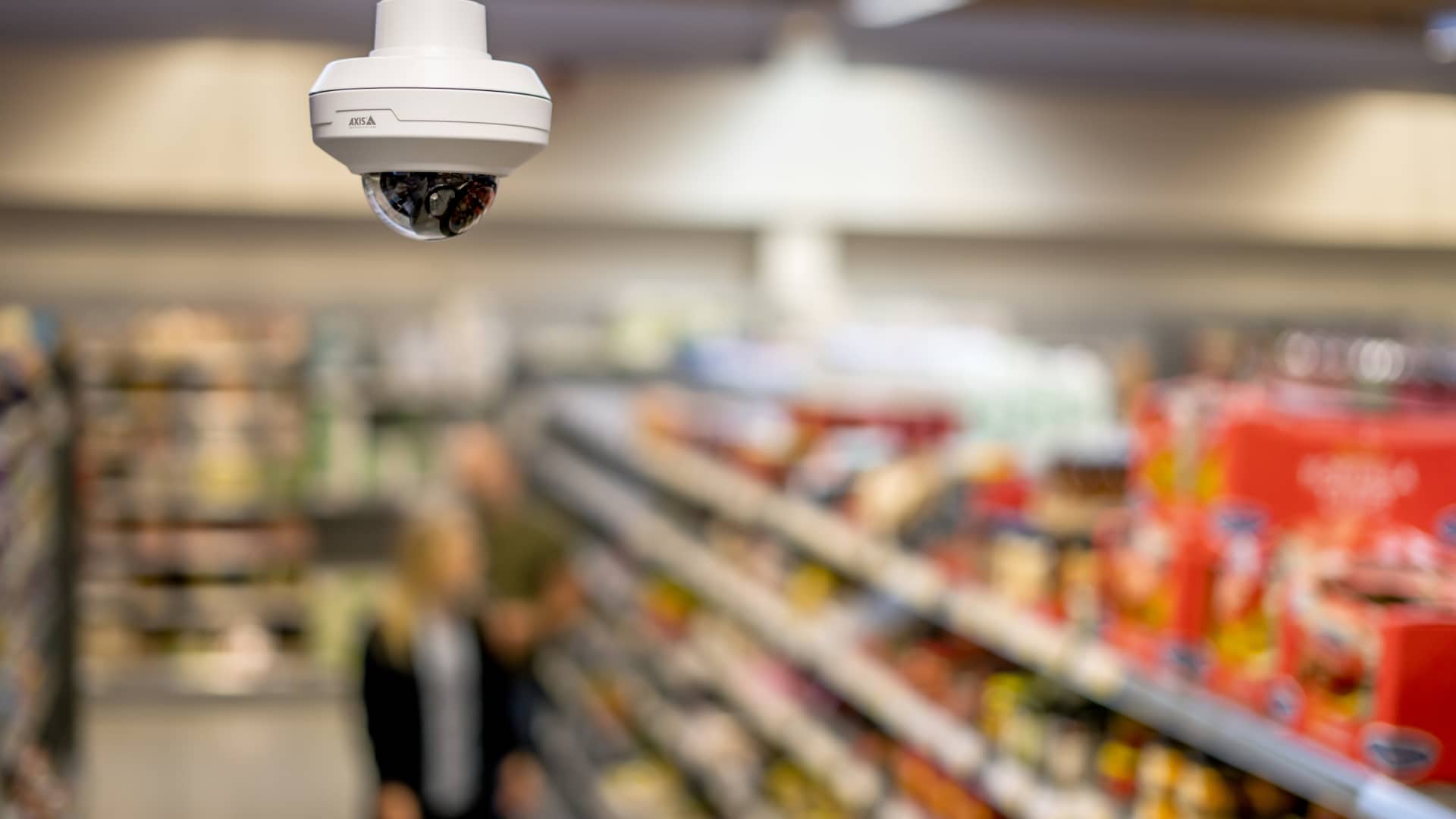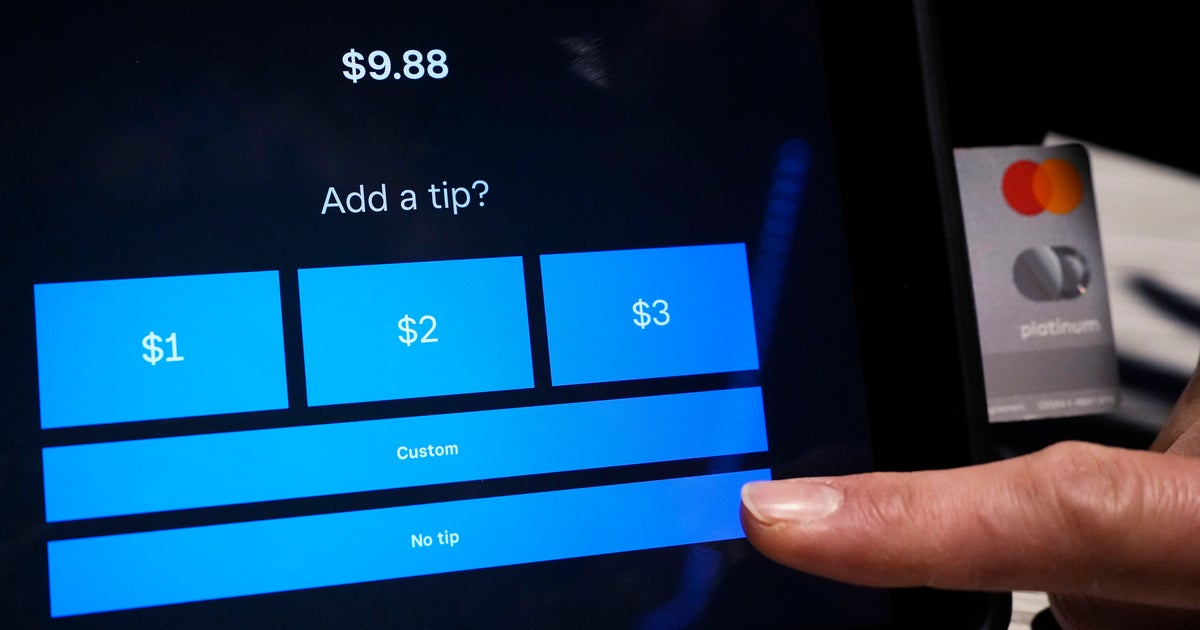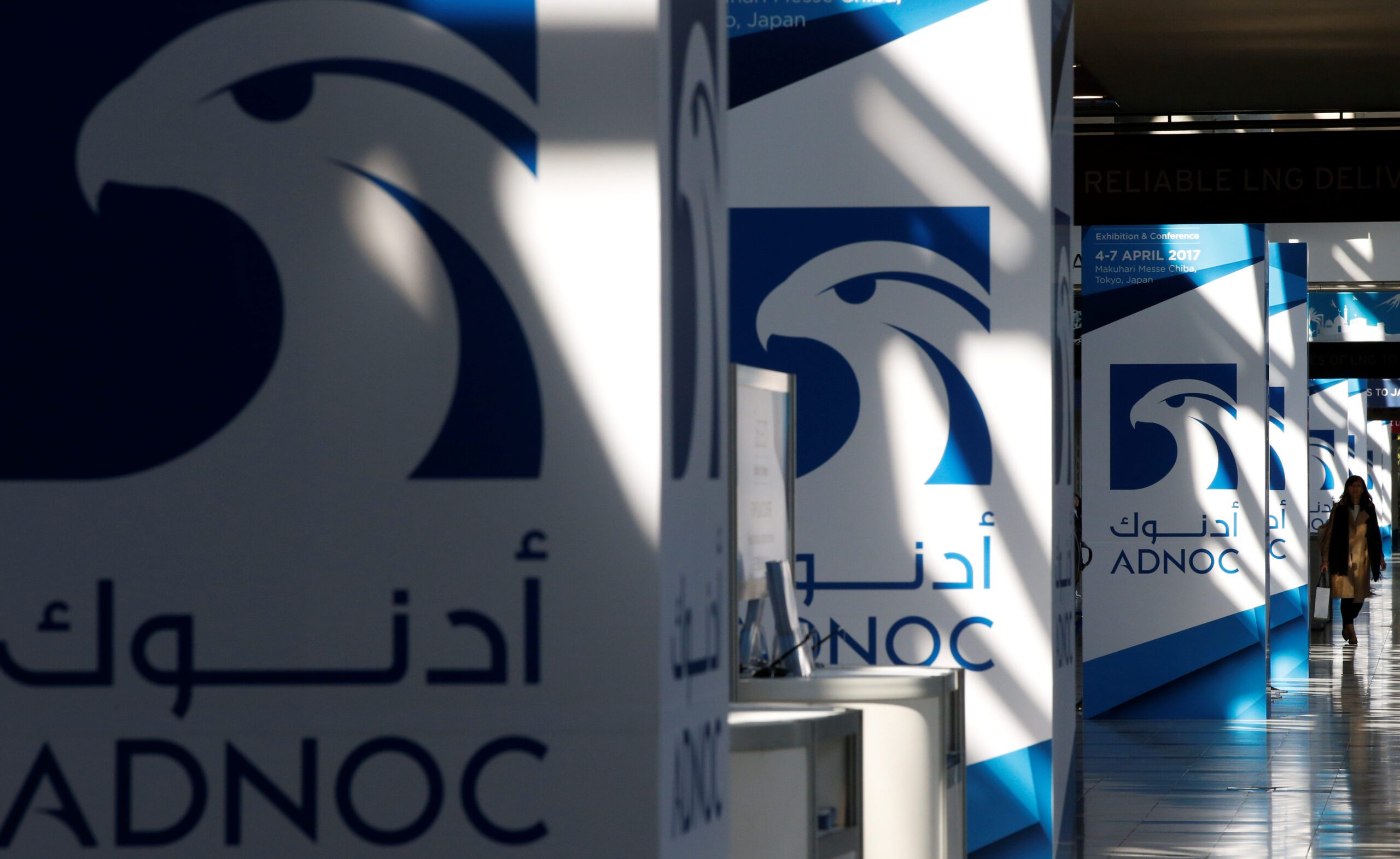Here’s how New York City is planning to spend $15 billion raised from a new congestion pricing toll
New York City is months away from introducing the first zone-based tolling program in the U.S.
The project, which begins in the spring of 2024, will increase the tolls drivers pay to enter points of Manhattan south of 60th Street.
The final price of the toll is not yet determined. People close to the process believe it ultimately may cost between $9 and $23 to enter or exit the central business district by personal car. By law, passenger vehicles are taxed once a day. Commercial and ride-share vehicles will be tolled per trip.
“The strategies that we’re talking about are not anti-car,” said Janette Sadik-Khan, former commissioner of New York City’s Department of Transportation. “If you don’t have any other choice than to drive, that’s not a good outcome.”
The toll may produce up to $15 billion for investment within the aging MTA system. Much of the cash will go toward the MTA’s 2020-24 Capital Program. For example, some of the proceeds will finance four new Metro-North stations for communities in the Bronx.
“Expansion tends to be the sexy and fun thing, which we’ve done. But the kind of stuff that our customers don’t see is power upgrades, track upgrades and signal upgrades,” said Richard Davey, president of New York City’s Transit Authority.
The MTA is also speeding up investment in clean bus technology. The agency expects to begin experimenting with hydrogen fuel cell bus technology in 2025.
“The manufacturer that the hydrogen technology uses is zero emission. That’s a nascent technology,” said Davey to CNBC.
Regional planners expect to see environmental benefits with the new toll in place. For example, particulate matter emissions from stop-and-go traffic can stoke diseases such as asthma.
The MTA study of the toll cites the experiences in other global cities including Milan, London, Singapore and Stockholm. “In London, they’ve had a reduction of nearly 20% in particulate matter pollution,” said Julie Tighe, president of the New York League of Conservation Voters. “There’s a 15% reduction in particulate matter in Stockholm, which resulted in a 50% reduction in asthma.”
“In Stockholm, it was very unpopular,” said Mollie Cohen D’Agostino, a researcher at the University of California, Davis campus. “It just narrowly got enough support to get past that first trial period vote. Then it got significantly more support in the second vote … people actually liked it.”
Watch the video above to see how New York City is spending cash raised by its massive new toll.







